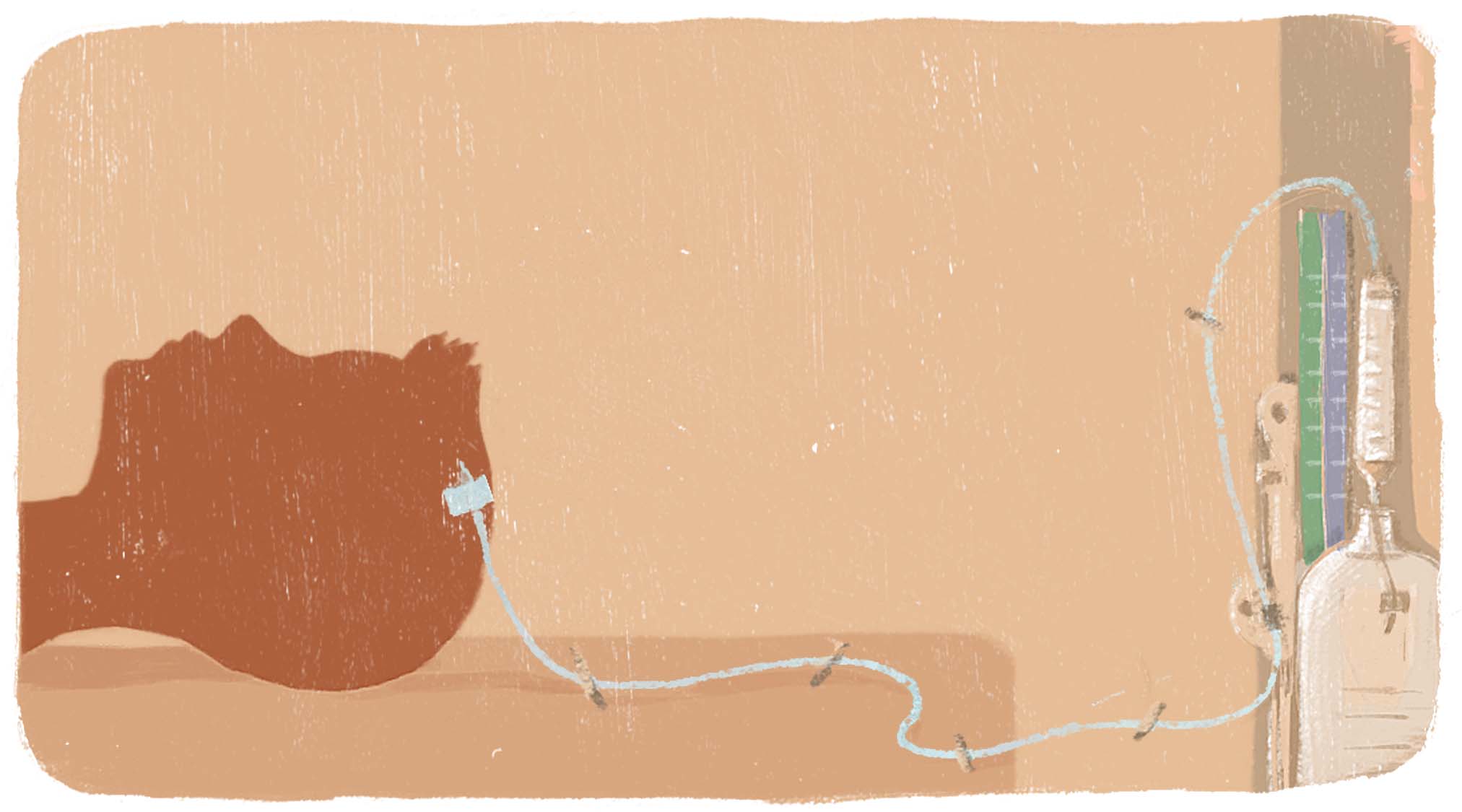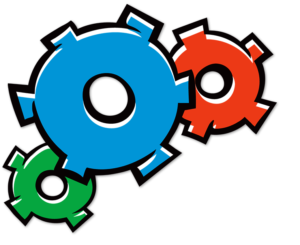Tests and Procedures
We all wish doctors could look at a child and know everything that is going on inside them. Since this is impossible, it is necessary for doctors to order tests, scans and procedures. It may seem like doctors are bombarding you and your child, but the more information the doctor and the team have, the better they are at making an accurate diagnosis and recommending the best treatment.
Outside of the family room on 4H2 at the Stollery Children’s Hospital there are many handouts available that explain tests and procedures. These sheets may also be helpful to you.
A child life specialist is available within the hospital to help prepare and support children during procedures or any portion of their hospitalization. They establish a trusting relationship with your child and subsequently teach them ways to cope. They offer play programs, teen support, one-on-one interaction, preparation and teaching for surgery or procedures. The specialists can be reached at (780) 407-6818. It’s worth the call.

External ventricular drain
Angiogram
An angiogram looks at circulation and the blood supply in the brain and/or spine. The medical team uses x-ray technology and a special dye to get information. Before this procedure they sedate the child.
Audiogram
An audiogram is a hearing test that doctors use to monitor hearing issues. In a soundproof room, children listen for the sounds at varying levels, pressing a button when they hear the sound.
Brainstem auditory evoked response
This tests hearing when children are not able to use standard testing. Technicians place electrodes on the child’s head and earphones on the ears. The test then measures brain wave activity in response to clicks or certain tones.
Blood Draw
The medical team often orders blood work, which can provide valuable information about your child’s health. In the hospital, a technician or nurse will take blood from your child for testing.
Blood Transfusions
There are many components of blood that can be transfused. Two common transfusions:
- Packed red blood cells take three to four hours to complete and are closely monitored for transfusion reaction. When children have had a large blood loss or are anemic from chemotherapy, the physician can order a transfusion.
- Platelets are important clotting factors. If a child has low platelets he or she is at a higher risk for bleeding.
Computed Tomography (CT Scan)
This is a complex computer-enhanced method of taking x-ray pictures of the body. It is less sensitive or detailed than the MRI scans. Neurosurgery prefers to use CT scans to look at blood, bone and catheters. See page 41 for two photos comparing MRI and CT scan. (CTA is a CT scan that focuses on the arteries.)
Electroencephalogram (EEG)
Brain cells talk to each other by creating small electrical impulses. The EEG measures these impulses or the electrical activity of the brain. EEGs are used to monitor for seizure activity.
External Ventricular Drain (EVD)
An external ventricular drain is a tube that is inserted by a neurosurgeon to drain fluid from the ventricles or “lakes” of the brain. An EVD is used to relieve pressure in the brain when the normal flow of fluid is blocked. The EVD attaches to a monitor, which gives a continuous reading of the pressure in the brain. If your child has an EVD in place, they will be monitored in a specialized nursing area in the Intermediate Care Environment (ICE) room or Pediatric Intensive Care Unit (PICU).
Magnetic Resonance Image (MRI)
This is a scan that uses a magnetic field to look very closely at the area it is scanning. In neurosurgery, MRIs are used to examine brain tissue and fluid in the brain.
Many young children may require sedation for this test because it is very important to remain still during the scan. Movement can create an artifact – a smudge or a blur – on the pictures making it difficult or impossible for the doctor to see the details of the brain.
A full MRI can take between 30 and 60 minutes. In certain instances, some children will require a dye or contrast given intravenously (in their IV). This dye can help to highlight areas of concern such as brain tumours.
New sequences have been developed that may allow a doctor to get quick information without the full detail of a conventional MRI and without putting your child to sleep. For example, in Edmonton, they can use a FISP sequence or fast head MRI (requiring less than 30 seconds) getting a quick look at the ventricular system or fluid for certain children. This quick scan can be used to determine if there is a change in the size of ventricles for children with shunts.
Magnetic resonance angiography (MRA)
This procedure uses both magnetic resonance technology (MRI) and intravenous (IV) contrast dye to visualize blood vessels. Contrast dye causes blood vessels to be visible to the doctor.
Spinal Tap
This is also known as a lumbar puncture. It is a medical test to assess the cerebrospinal fluid that bathes the brain and spinal cord. A doctor carefully inserts a needle between the bones of the lower spine to collect a sample of this fluid.
CSF samples can help provide information on:
- signs of possible infection (such as meningitis)
- bleeding in the brain
- conditions affecting the nervous system
Transcutaneous Doppler
A transcutaneous doppler is a test used to measure the flow of blood through the brain’s blood vessels. It can be used to help diagnose multiple conditions in the brain that would cause a change in the flow of blood. For example, imagine a blood clot in a blood vessel. The blood clot would cause the flow of blood to be decreased or completely stopped. This test would be valuable in identifying these specifics.
CT scans look at blood, bone and catheters.
Reference:
wikipedia.org/wiki/Brain, reviewed May 25, 2014; brainmadesimple.com, reviewed May 25, 2014.
Thelan, L.A., Urden, L.D., Lough, M.E., Stacey, K.M. (1998). Critical Care Nursing: Diagnosis and Management. Mosby Inc., Missouri

